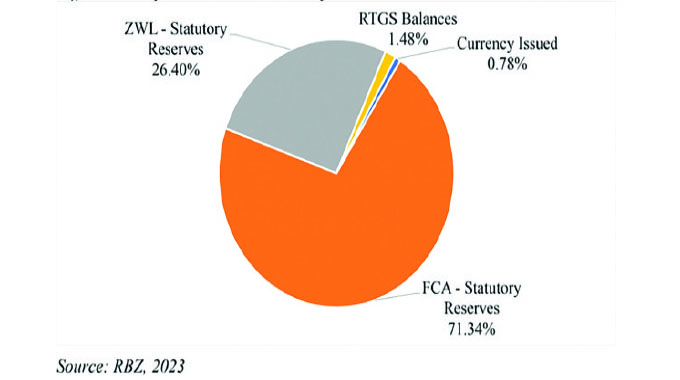Oil rebounds as traders weigh demand outlook

Oil rebounded after posting the biggest slump in almost two weeks as traders weighed the outlook for global energy demand, and an industry report pointed to a drop in the US stockpiles.
West Texas Intermediate traded above US$103 a barrel after tumbling by more than 5 percent on Tuesday. That drop came after the International Monetary Fund slashed its forecast for world economic growth following Russia’s invasion of Ukraine and amid renewed virus lockdowns in China.
The industry-funded American Petroleum Institute reported that US crude stockpiles declined by about 4,5 million barrels last week, according to people familiar with the data.
If confirmed by government figures due Wednesday that would be the biggest drop in nationwide holdings since early February.
Oil rallied to the highest level since 2008 last month in the initial aftermath of Moscow’s invasion. Since then, crude has seen volatile trading as investors gauge moves by the US and UK to ban Russian imports, as well as the impact of major releases from strategic reserves. Supply outages have also roiled prices, with protest-driven disruptions in Libya the latest to hit the market.
“API numbers have likely contributed to the recovery this morning, but I also think the move lower yesterday was overdone,” said Warren Patterson, Singapore-based head of commodities strategy at ING Groep.
“Risks in the market are skewed to the upside, with the possibility for further Libyan supply disruptions and, more importantly, the potential for an EU ban on Russian oil.”
There’s mounting pressure on the European Union to bar Russian crude too, with support for the move from France. A full and immediate ban could displace more than 4 million barrels a day and propel Brent prices to a record US$185 a barrel, according to a forecast from JPMorgan Chase & Co.
Oil markets remain backwardated, a bullish pattern in which near-term prices command a premium to those further out. Brent’s prompt spread — the difference between its two nearest futures contracts — was 63 cents a barrel in backwardation, compared with US70 cents a week ago. — Bloomberg








Comments